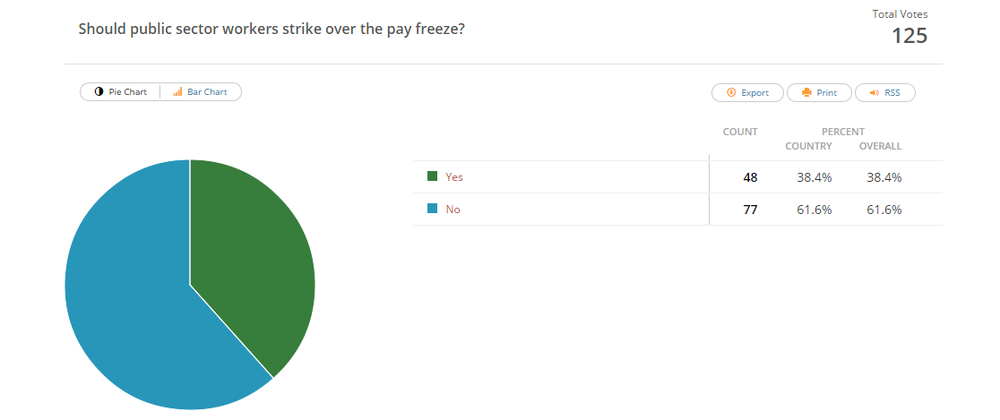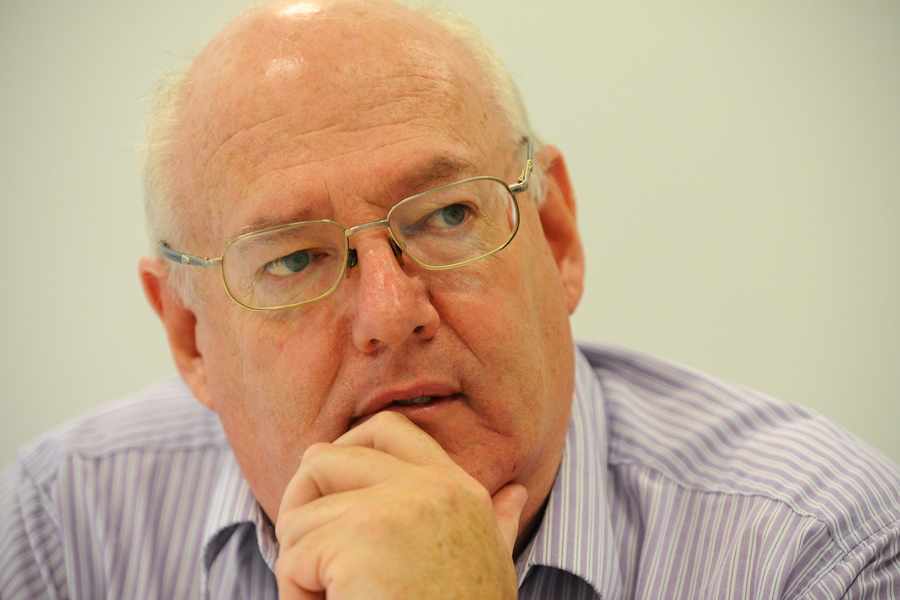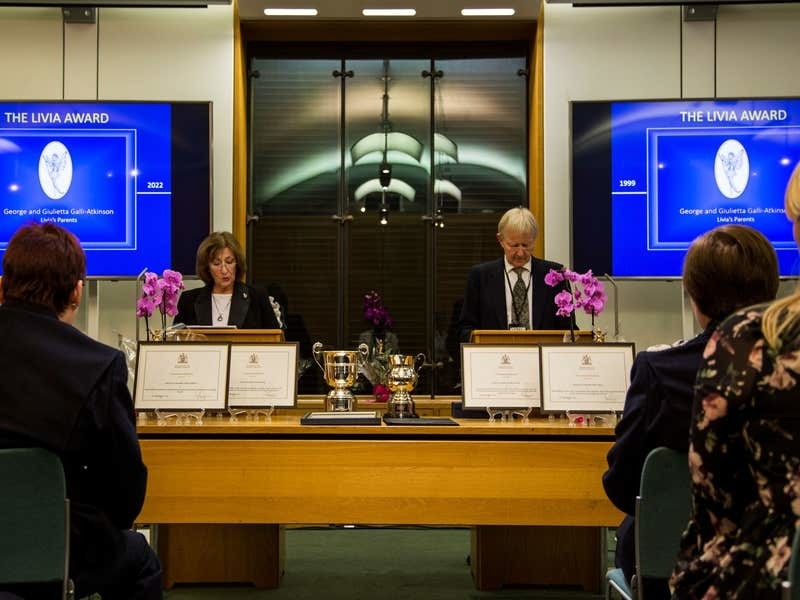Unions have called for meetings with the States Employment Board following last month’s announcement of a pay freeze and are also due to hold talks over a programme of voluntary redundancies announced yesterday.
Chief Minister Ian Gorst said that States employees would be offered the chance to apply for voluntary redundancy from 1 June.
It comes after senior politicians confirmed that both voluntary and compulsory redundancies were likely in order to help the States meet a £125 million funding short fall that is expected by 2019.
Last month it was announced that all public sector staff would be facing a pay freeze with the exception of nurses and midwives, who will receive a 0.4 per cent increase.
In response, public sector unions have jointly written to the SEB, which sets public sector pay, to reject the offer and asking to meet for negotiations.
Marina Mauger, of the teachers’ union NASUWT, said: ‘We have jointly responded to the States Employment Board’s proposal for a zero per cent pay offer and have rejected it.
‘It is premature to talk about whether we going to take any further action – we need to see what the response is before we talk about next steps.’
Nick Corbel, the leader of the Jersey branch of Unite the Union, said: ‘We and the other public sector trade unions want to hold a emergency meeting with the States Employment Board.
‘They are still saying they are looking at what they are doing and will come back to us when they have a plan.’
Addressing the planned roll-out of voluntary redundancy he added: ‘Where any business is looking at redundancies clearly voluntary redundancies as an initial step is preferable.
‘However, we feel that the government ought to be looking at alternatives to cuts in the public sector because anecdotal evidence suggests that massive cuts will take place and a substantial number of employees will find themselves being let go.’
In a statement about the programme of voluntary redundancy Chief Minister Ian Gorst said that around 550 employees naturally left the public sector every year, either through retirement or by changing jobs.
‘We will only be filling these vacant posts where absolutely necessary,’ he added.
No details about the voluntary redundancy package are available yet, but the States HR team is understood to be working on the programme’s policies.
The last time such an initiative was used was in 2010 during the Comprehensive Spending Review and saw around 200 employees take voluntary redundancy.
Andy Scate, the chief executive of the Planning Department, is the lead officer for public sector reform.
Addressing the programme of voluntary redundancy, he said: ‘We’ve got to get a balance to keep the organisation running, but also making changes to lower our costs in places.
‘Our overarching aim is to work sensitively with our staff over the next three to four years.
‘Some people may find voluntary redundancy a very positive thing in that it may allow them to retire earlier or progress their careers elsewhere.’







